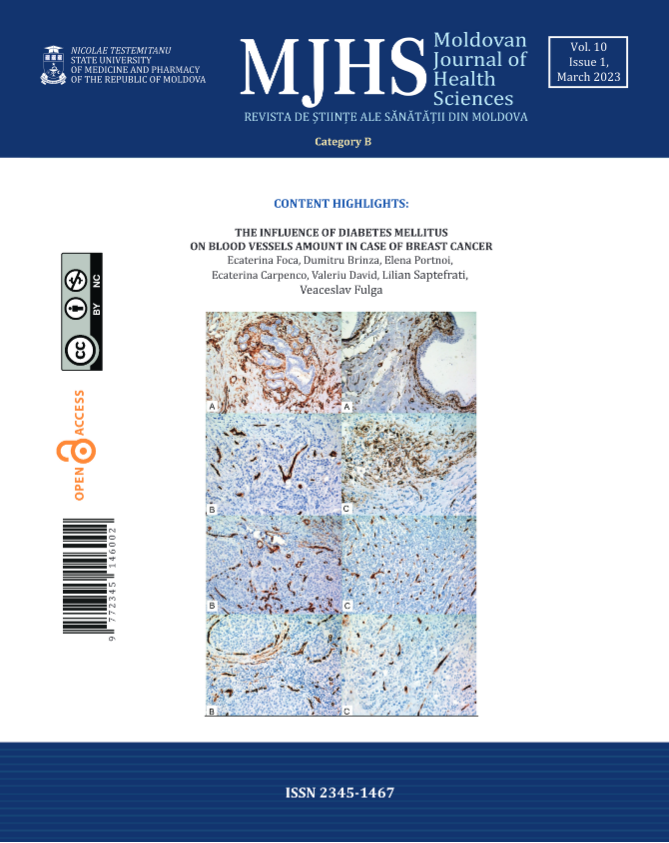Technological advances and the ageing population have increased the demand for complex diagnostic procedures and minimally invasive surgery. As a result, there is an increasing demand to anaesthetize patients undergoing procedures outside the operating room. Due to increased anesthetic safety, with the development of modern monitoring methods, new drugs, anesthesia protocols it has been possible to rapidly expand the areas requiring sedation, procedural analgesia. In a modern hospital, 10-15% of the work of an anesthesia department is carried out outside the operating room (not counting the field of intensive care). Almost every clinic/discipline needs anesthesiology support and anesthesiology work is required in various areas such as Radiology, Endoscopy, Gastroenterology, Cardiology, Psychiatry, Pediatrics, and Emergency Departments etc.
Some patients require procedural sedation, others anesthesia, sometimes with intubation, but the common factor is the obligatory need of monitoring the vital functions, the presence of equipment and staff trained to intervene in emergencies.
Performing anesthesia outside the operating room poses some specific difficulties. Most procedures are carried out in locations far from the operating room, which may make it necessary to organize extra conditions for patient safety, and in case of difficulties help may be late. In order to provide safe and skilled anesthetic care outside the operating room, it is important that anesthesiologists build a systemic and uniform structure that incorporates all provisions across all categories of anesthetic care. These criteria must be applied equally throughout the hospital, not only to ensure patient safety, but also to ensure the safety of healthcare providers. Since anesthesiologists are responsible for the safety of the patient as well as themselves, these standards should not be neglected. This review examines the potential problems and risks associated with sedation and anesthesia performed for various procedures outside the operating room.
The monograph is divided into an introductory part and 6 chapters. The introductory part covers general topics such as the challenges of anesthesia outside the operating room, preoperative assessment, monitoring, anesthetic techniques and recovery. Staff management and planning are discussed as well as issues related to outcomes, regulation and quality improvement.
The following chapters describe, in a detailed and informative manner, the anesthetic requirements in specific conditions, such as interventional radiology, magnetic resonance imaging, gastrointestinal endoscopy, electroconvulsive therapy, delivery room, in vitro fertilization, etc. Anesthesia in the cardiac catheterization laboratory is dealt with in a separate chapter together with anesthesiological care in pulmonology. This chapter deals with anesthesia and sedation for coronary angiography, cardiac catheterization, electrical cardioversion of the heart, transesophageal ultrasound - some of them are already known procedures, others are new both in the world and in the Republic of Moldova (such as transesophageal ultrasound).
This monograph provides useful recommendations on increasing patient safety as a result of collaboration and planning between anesthesiologists and team members depending on the procedure (cardiologists, pulmonologists, gastroenterologists, psychiatrists, obstetricians). A common knowledge base and mutual respect for each discipline contributing to the procedure are essential elements in the formula for success and patient safety.
The monograph is part of the efforts undertaken by the Department of Anesthesiology and Reanimatology No.1 „Valeriu Ghereg” to increase the safety of anaesthesia for any procedure both in and out of the operating room.

